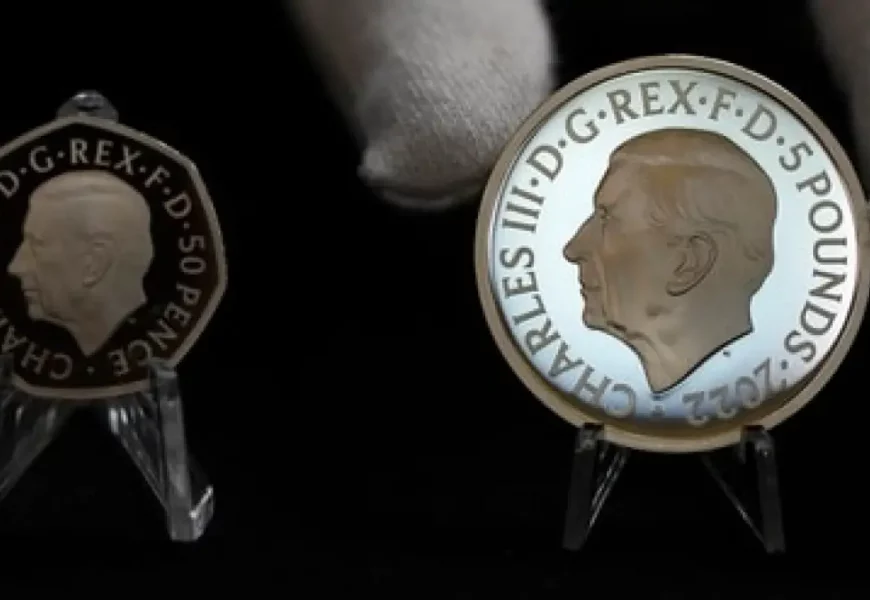Investing in mint coins can be an excellent way to diversify your retirement portfolio. Not only are mint coins often considered valuable collector’s items, but they also have a long history of retaining their value over time. However, investing in mint coins can be complicated, and it’s essential to have a solid understanding of the market before jumping in. In this article, we’ll provide some investing advice for mint coins for retirement.
1. Research the Market
Before investing in mint coins, it’s crucial to research the market thoroughly. You’ll want to understand the factors that can influence the value of a mint coin, such as its rarity, condition, and historical significance. You’ll also want to be aware of any potential scams or fraudulent practices in the market.
One way to research the market is to read industry publications and websites. Some excellent resources for mint coin investors include CoinWeek, Coin World, and Numismatic News. You can also attend coin shows and auctions to learn more about the market and meet other investors.
2. Understand the Different Types of Mint Coins
There are several types of mint coins to consider when investing, including bullion coins, proof coins, and uncirculated coins.
Bullion coins are minted primarily for their metal content and are valued based on their weight and purity. These coins are an excellent choice for investors who want to hedge against inflation and market volatility.
Proof coins are specially minted with a mirror-like finish and are often considered collector’s items. These coins are produced in limited quantities and can be quite valuable, especially if they are rare or have historical significance.
Uncirculated coins are coins that have never been used in circulation and are often sold in sets. These coins are valued based on their condition and rarity and can be an excellent addition to a collector’s portfolio.
3. Set a Budget
Like any investment, it’s important to set a budget when investing in mint coins. Determine how much you’re willing to spend on coins and stick to your budget. It’s also essential to factor in any additional costs, such as storage fees or insurance.
4. Consider Working with a Professional
Investing in mint coins can be complicated, and it’s essential to work with a professional who has experience in the market. A professional can help you navigate the market and make informed decisions about your investments.
When choosing a professional, look for someone who has a solid reputation and experience working with mint coins. You’ll also want to be clear about any fees associated with their services and make sure they are transparent about their investment strategies.
5. Diversify Your Portfolio
Diversification is key when it comes to retirement investing, and mint coins should be just one component of your portfolio. Consider investing in other types of assets, such as stocks, bonds, and real estate, to help spread out your risk.
6. Invest in Quality Coins
When investing in mint coins, it’s important to invest in quality coins. Look for coins that are in good condition and have been certified by a reputable grading service. Avoid coins that have been cleaned, altered, or damaged in any way, as these can significantly decrease their value.
7. Store Your Coins Properly
Proper storage is essential when it comes to preserving the value of your mint coins. Keep your coins in a secure location, such as a safe or safety deposit box, to protect them from theft or damage. You’ll also want to avoid handling your coins too much, as oils from your skin can damage the metal and decrease their value.
8. Be Patient
Investing in mint coins can be a long-term investment, and it’s important to be patient with your portfolio. Don’t expect to see immediate returns on your investment, and be prepared to hold onto your coins for several years or even decades.
In conclusion, investing in mint coins can be an excellent way to diversify your retirement portfolio. However, it’s crucial to research the market thoroughly, understand the different types of mint coins, set a budget, work with a professional, diversify your portfolio, invest in quality coins, store your coins properly, and be patient with your investments.
Investing in mint coins can be a complicated process, but with the right knowledge and guidance, it can also be a rewarding experience. By following these tips, you can make informed decisions about your investments and potentially build a valuable collection of mint coins that will retain their value over time. Remember, the key to successful investing is to do your homework and be patient, so take your time and enjoy the process.










